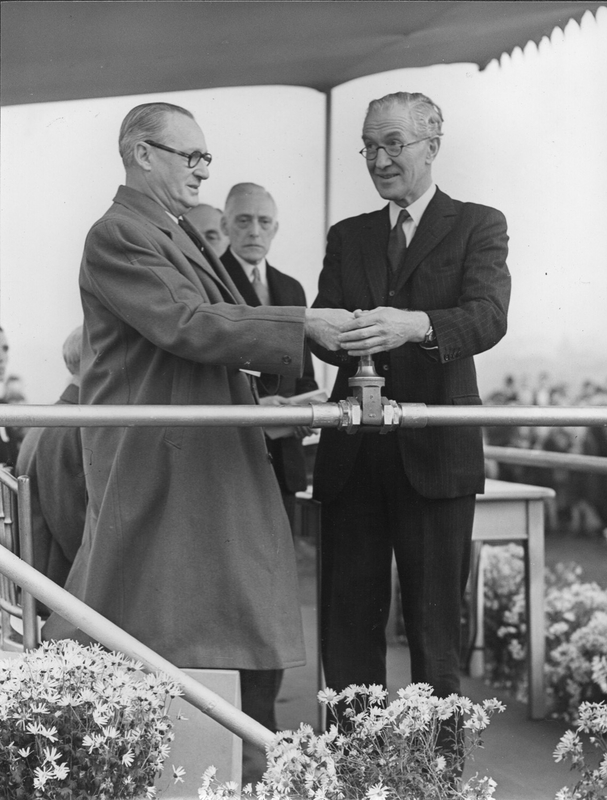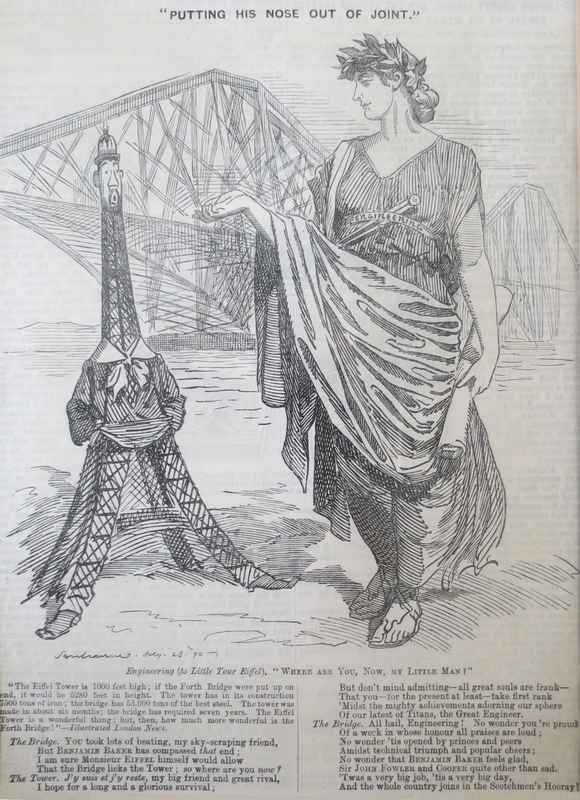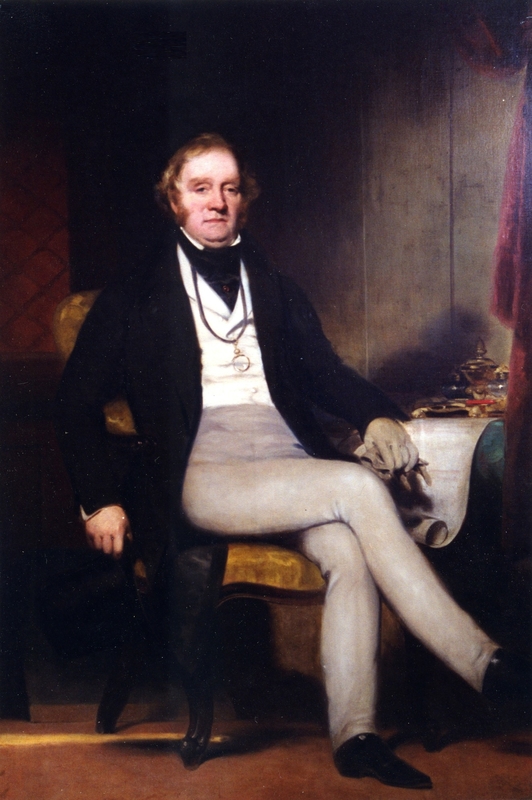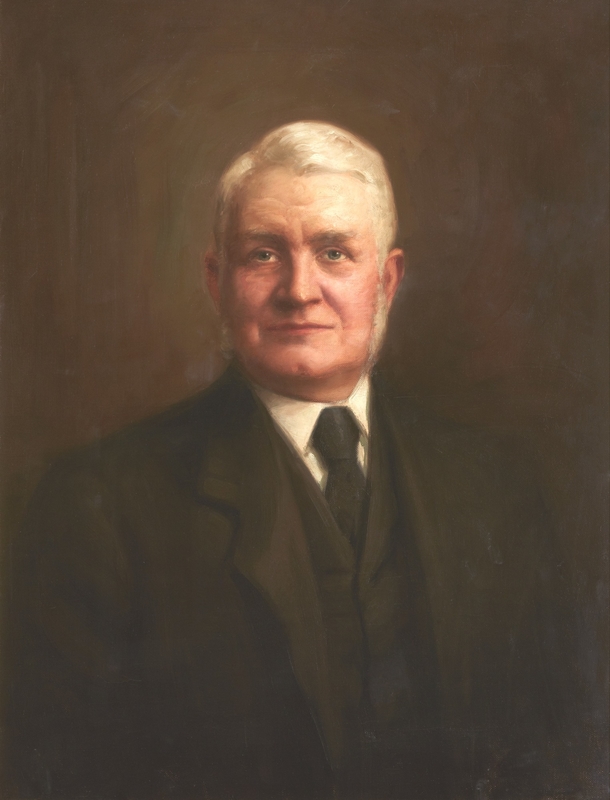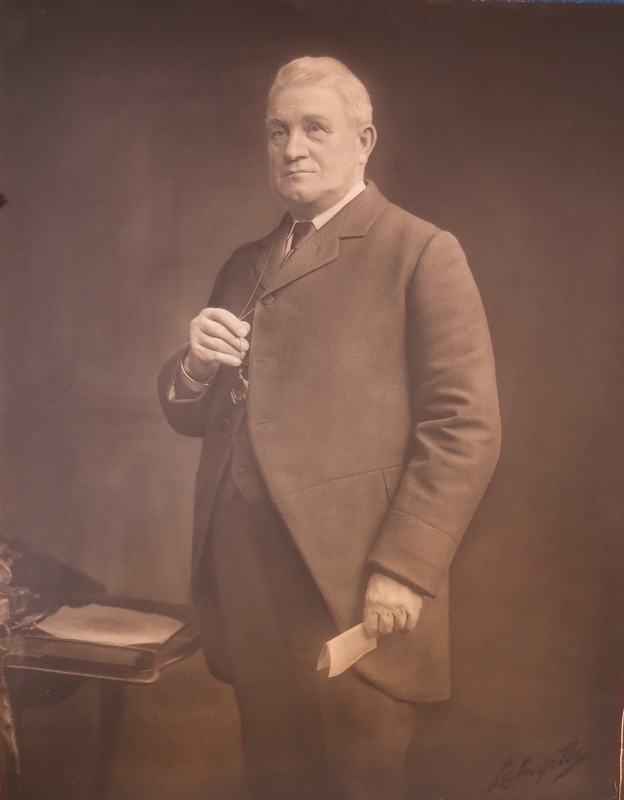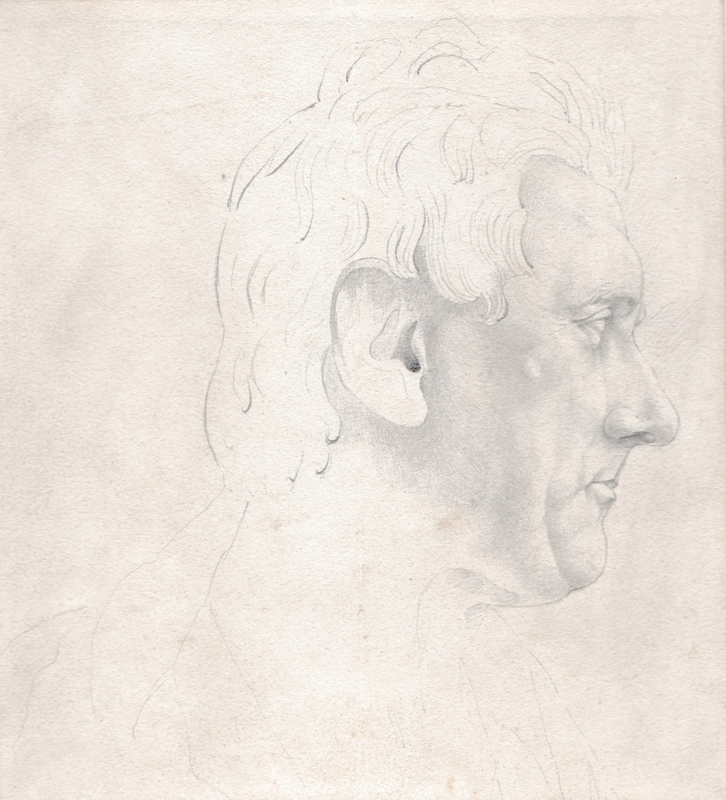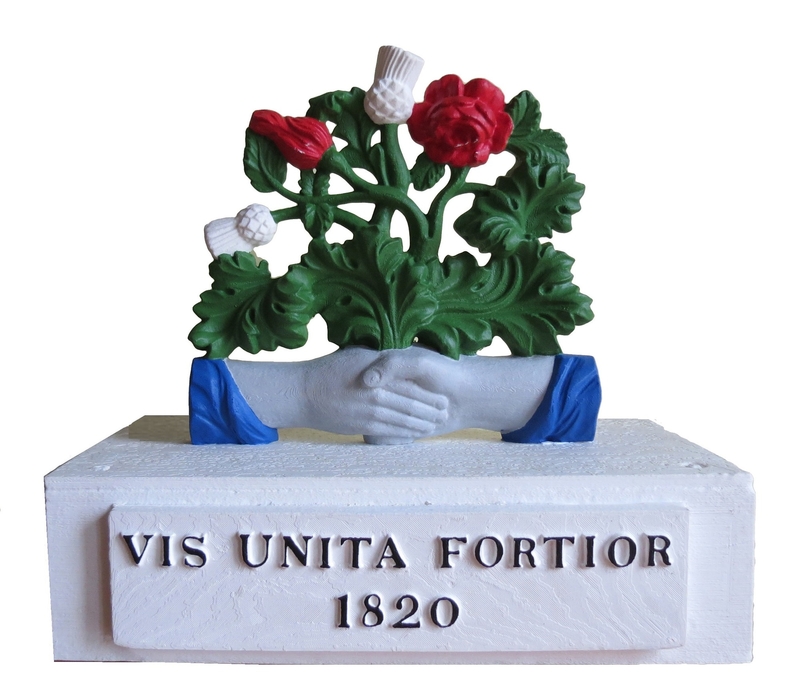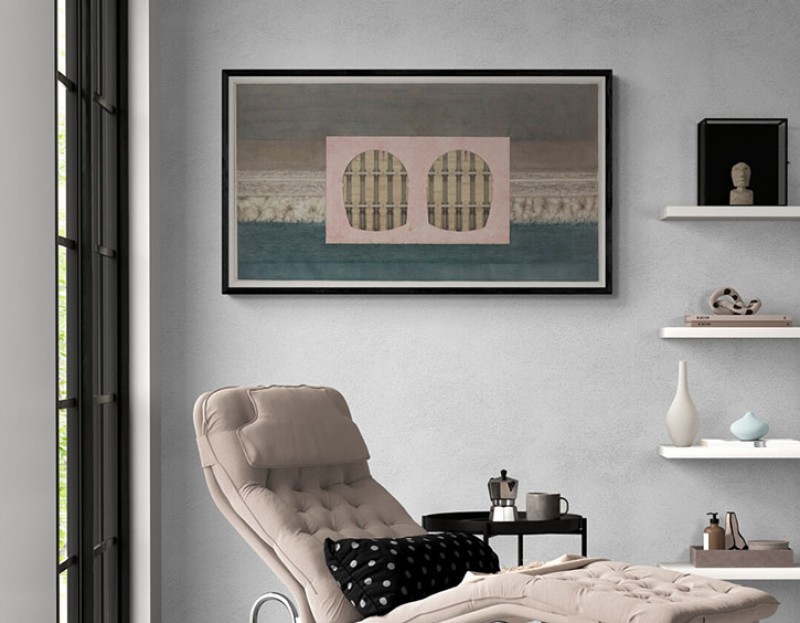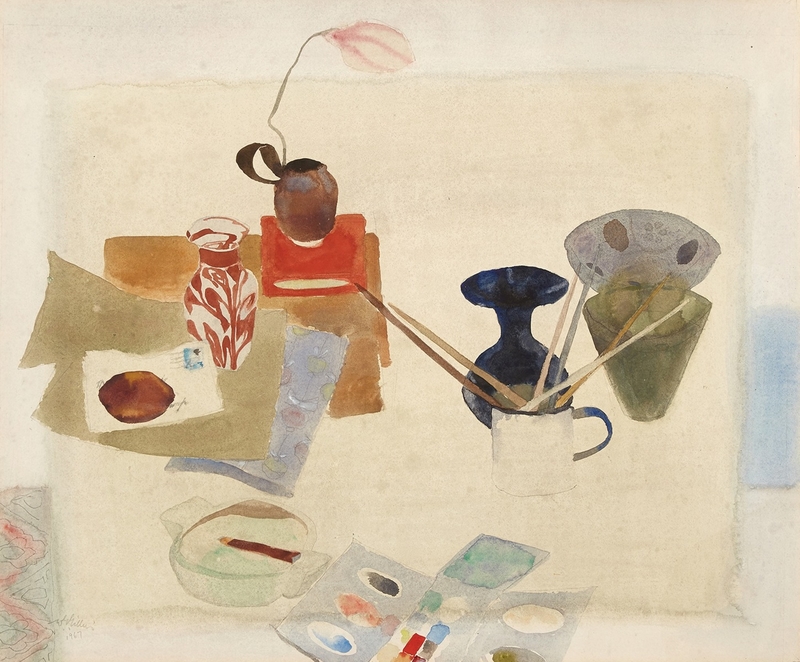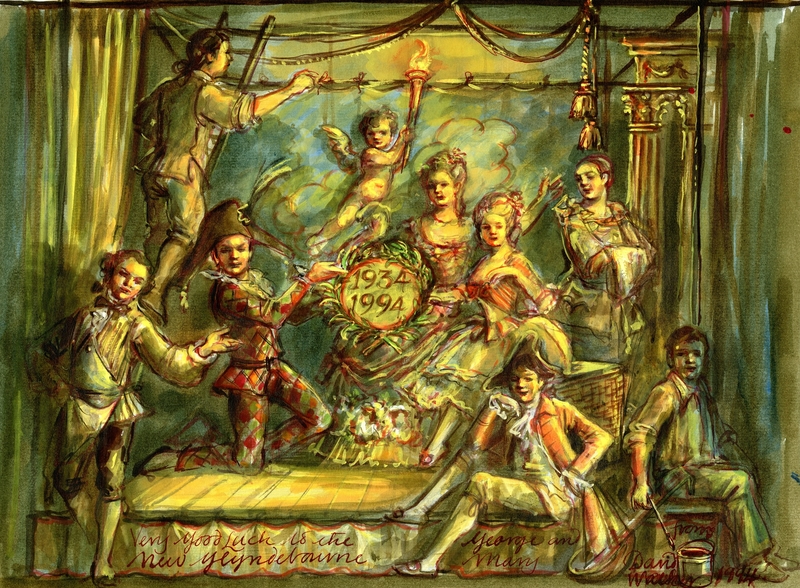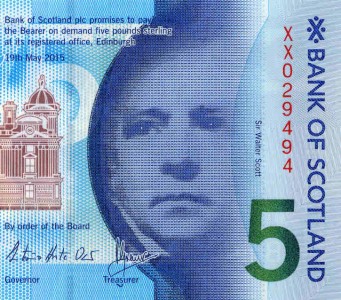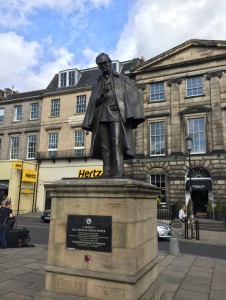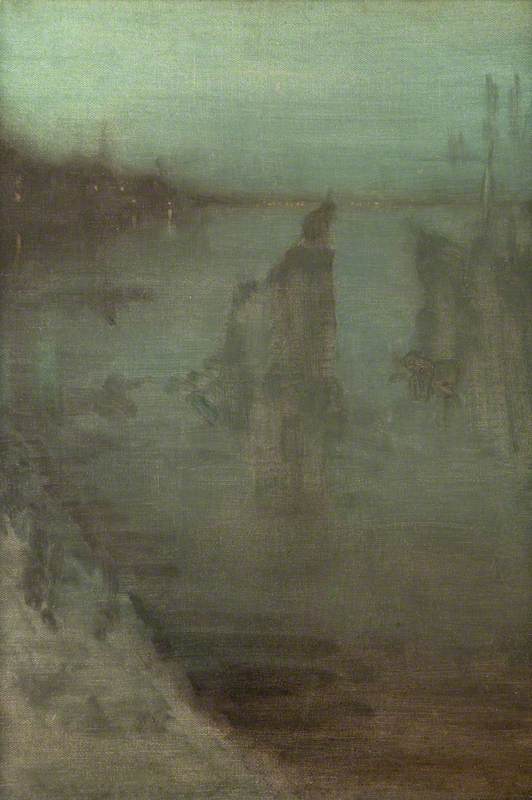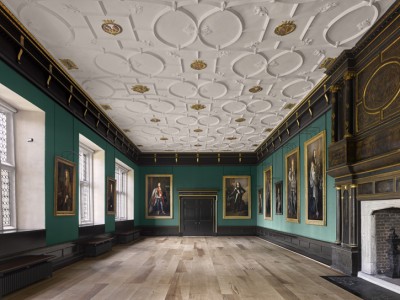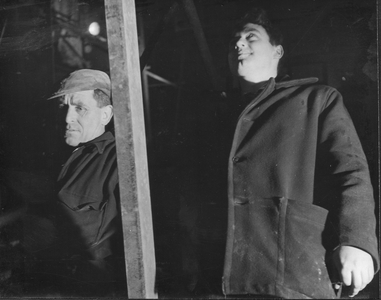Institution of Civil Engineers (ICE) Scotland Museum was formed in 1971 with the purpose of promoting and developing the corporate memory of civil engineers with a particular emphasis on those working or who have worked in Scotland. Although the main focus of the Museum is on artefacts, the collection policy includes other items (such as papers, photographs, plans and portraits) which relate to and complement artefacts in the collection.
The Museum – which is located in and around the William Arrol Building at Heriot-Watt University's Edinburgh Campus – now has over 500 items covering three centuries of civil engineering. It is the only museum in the UK dedicated to civil engineering.
In 1982 the Museum acquired a magnificent portrait of the eminent Scottish civil engineer Thomas Grainger (1794–1851), MICE by Sir John Watson Gordon. Grainger formed a partnership with John Miller and designed and promoted the Edinburgh-Glasgow railway in the early 1830s.
An oil paint on canvas portrait by an unknown artist of Sir William Arrol (1839–1913) adorns the main conference room in the William Arrol Building. Arrol was a bridge and crane builder. His most notable constructions include the Tay Bridge, Forth Bridge, Tower Bridge and Clydebank's Titan crane. This portrait is believed to be the only colour image of Sir William: indeed, this being the case, a high-resolution image of the portrait is projected as a background at the Tower Bridge exhibition in London.
In addition to this portrait, the Museum is also fortunate to have acquired a photographic portrait of Sir William by Lafayette when he was the President of the Institution of Engineers & Shipbuilders in Scotland (1895–1897).
A recent interesting acquisition is a sketch of the eminent Scottish civil engineer John Rennie, FRSE, FRS made from a bust of John Rennie by Sir Francis Legatt Chantrey by his son George Rennie using a camera lucida. This sketch is supported by a letter signed by George Rennie. The sketch was used by the medallist William Bain to create the Rennie Memorial Medal.
Forth Road Bridge: Enginer and Foreman Check Progress at the Base of the Tunnel
c.1960
Gordon Cecil Lang (1912–1988) 
The Museum has been fortunate to acquire a number of original photographs relating to the Forth Bridge and Forth Road Bridge. One such acquisition is a report with photographs (and other associated documents) relating to the filming of a documentary on the construction of the Forth Road Bridge by Random Film Productions Ltd under the directorship of Gordon Cecil Lang. The film, completed in 1965, was titled The Forth Road Bridge. The photographs include a number of black-and-white images of workmen on the bridge which are interesting in that they demonstrate a clear lack of health and safety requirements compared with what one might expect today.
Art also found its way into the embellishments on Union Chain Bridge, which was completed in 1820. The bridge crosses the River Tweed at Paxton, four miles upstream of Berwick-upon-Tweed, and joins Scotland to England. At the time the bridge was opened, two matching crests were located above the centre of the river (i.e. the border between the two countries). The crests depict clasped hands with foliage containing two thistles (representing Scotland) and two roses (representing England) with the Latin motto Vis Unita Fortior (united strength is stronger). One of the crests, which was 3D-scanned, printed half-size and painted, is currently on display. When built, the Union Chain Bridge was the longest suspension bridge in the world.
Invitation Card Issued to Mr John Hunter for the Laying of the Tower Bridge Memorial Stone
1886
Blades, East and Blades (active 1840–1887) 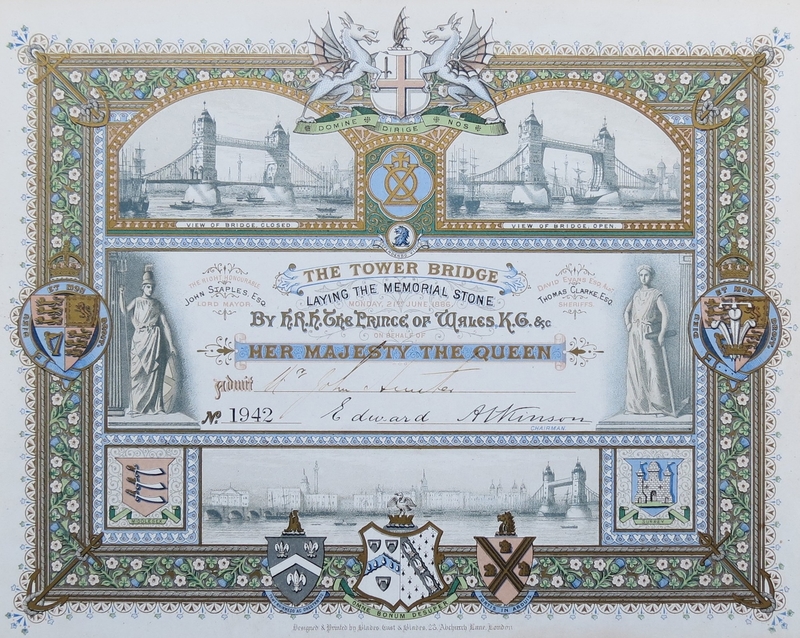
Also in the collection is an impressive invitation card issued to Mr John Hunter for the Laying of the Tower Bridge Memorial Stone by HRH the Prince of Wales KG on behalf of Her Majesty the Queen on Monday 21st June 1886. It is signed by Edward Atkinson (Chairman of the Bridge House Estates Committee). John Hunter at the time was in a senior position at Sir William Arrol and Co. Ltd, which was the main steelwork contractor for Tower Bridge. The card is a fine example of ornate Victorian ephemera.
The Museum is fortunate to have on display a commemorative framed print of portraits of those involved in the design and construction of the Forth Bridge. Only one other copy of this print is thought to exist in the Science Museum Group collection. This print was produced by 'John Lamb, Artist, Photographer and Portrait Painter, 101B Princes Street, Edinburgh'.
The Museum has some biographical details of some of the people depicted including Sir William Arrol, Benjamin Baker, Adam Hunter and Wilhelm Westhofen. The latter wrote the definitive article on the construction of the Forth Bridge.
This focus comprises a selection of the items we have in the collection. There is much more to see and indeed many of the objects we do have on display, whilst being designed to be practical, demonstrate refinement and elegance pleasing to the eye. Such objects include older surveying instruments and models and there is beauty in even the more unprepossessing items the Museum curates. A comprehensive website supports the collection and includes a detailed catalogue, with images and descriptions relating to each item.
The ICE Scotland Museum is unmanned, however, members of the public are very welcome to visit independently, any weekday between the hours of 8am and 6pm. Items on display are located in and around the William Arrol Building. Printed guides can be picked up on Level 1 of the William Arrol Building. There is also an online guide that can be opened as a flip book or as a PDF file.
If anyone would like a guided tour please email icescotmuseum@virginmedia.com with a request – we are always happy to help.


